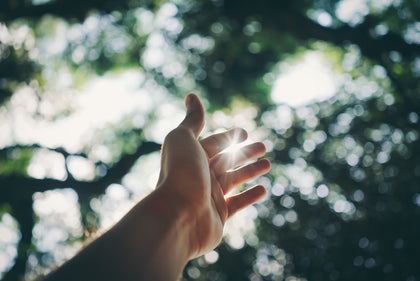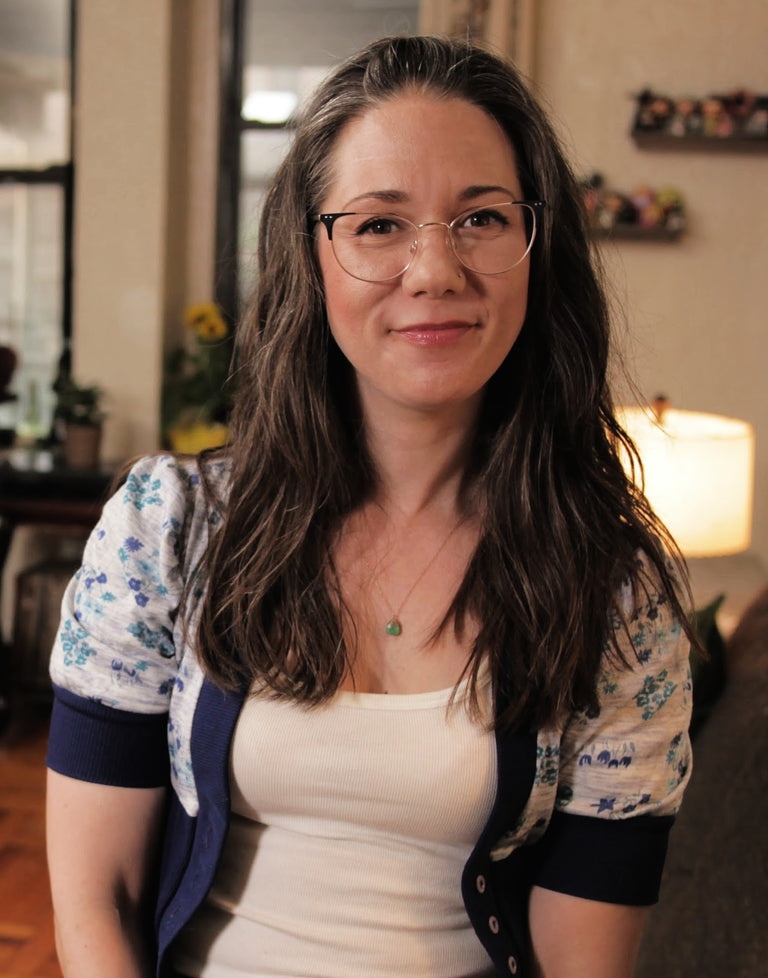Ophiasis alopecia is a form of hair loss that occurs in a band along the sides and back of the head. It is part of a larger family of autoimmune hair loss called alopecia areata.
Read on to understand ophiasis alopecia better, along with expert tips for managing this hair loss condition. Plus, explore products for hair wellness.
The Ophiasis Alopecia and Alopecia Areata Connection
Ophiasis alopecia is a specific and more rare form of severe alopecia areata. Normally, hair follicles are protected from certain immune responses, such as inflammation. However, in cases of alopecia areata and other forms of autoimmune-driven hair loss, it’s believed that follicles lose this immune privilege and become susceptible to immune system attack.
"Alopecia areata is a chronic inflammatory disease that affects hair follicles, causing non-scarring hair loss on the scalp," explained Dr. Madathupalayam Madhankumar, a medical doctor and surgeon with iCliniq.
Alopecia areata most often causes round bald patches on the scalp, but it can also impact other body hair such as the beard, eyebrows, eyelashes, pubic hair or any other hair-bearing area.
Often, AA resolves, and hair growth returns to normal. But more rare and severe forms of the condition may develop, including:
- Persistent Patchy Alopecia: A persistent and ongoing case of AA that does not resolve but does not progress into more severe forms of the disease.
- Diffuse Alopecia Areata: Rather than the round patches of hair loss, diffuse AA occurs as widespread hair loss all over the scalp.
- Alopecia Areata Totalis: A more severe form of AA that progresses to complete hair loss on the entire scalp.
- Alopecia Universalis: A more severe form of AA that causes hair loss to the entire body.
- Ophiasis Alopecia: A rare form of AA that causes a band of hair loss at the back of the head.
Alopecia areata is a condition that can affect men, women and children, but it seems to happen more often in children. Some people with AA have a family history of alopecia, and while it’s not fully understood, there appears to be genetic susceptibility and hereditary components to this autoimmune disease. Though more research is needed, there is some evidence that high levels of stress may contribute to the onset and worsening of this condition.
Shop: GRO Hair Products to Combat Hair Loss
What Is Ophiasis Alopecia?
Ophiasis alopecia (also called ophiasis alopecia areata) is perhaps the rarest form of AA, with only about 0.02% of AA cases presenting as ophiasis alopecia. This particular form of AA occurs with a band of hair loss along the sides and lower back of the scalp (called the occipital region).
Signs and Symptoms of Ophiasis Alopecia
Hair loss is typically the only symptom of alopecia areata, including the ophiasis subtype. Some people report tingling, itchiness or a burning sensation preceding the hair loss. Changes in a person’s finger and toenails might also be a sign of AA, with nail pitting, ridges or other changes to the nails occurring in an average of about 30% of people who have alopecia areata.
Early signs of ophiasis alopecia might include:
- Hair thinning at the back and bottom of the scalp
- A lot of hair over a short time
- More hair loss in cold weather
- Brittle and pitted fingernails and toenails
If you notice any of these symptoms, see your doctor or dermatologist so they can diagnose and treat the underlying cause. With AA and most forms of hair loss, early detection and treatment often lead to the best outcomes for hair loss management and regrowth.
More: These 7 Autoimmune Conditions May Cause Hair Loss
How Is Alopecia Ophiasis Diagnosed?
Besides going over your medical history and asking questions about your lifestyle and habits, doctors will often order blood tests to check for autoimmune issues, thyroid problems or nutritional deficiencies. Additionally, they will examine the areas of shedding or loss, sometimes using magnification tools. In cases of alopecia areata, they might examine a bald patch for “exclamation point hairs,” which are short hairs that are thicker at the top and taper as they get closer to the scalp. Your doctor might also take a small biopsy of the scalp for further analysis.
How Is Alopecia Ophiasis Treated?
There is no cure for ophiasis alopecia areata, and it can be more difficult to treat than other forms of AA. "Ophiasis alopecia might not respond to medications quickly and may mean a longer wait for some," said Dr. Madhankumar.
With that said, there are a variety of treatment options that might help, including steroid injections to affected areas, topical corticosteroids in the form of solutions or creams, topical immunotherapy and other topical medications for hair loss like minoxidil. Early research in one case showed promise in combining topical steroids and microneedling.
More recently, the Food and Drug Administration approved a class of drugs called janus kinase (JAK) inhibitors for the treatment of alopecia areata. Baricitinib is one such drug, and it’s also used to treat the autoimmune disease rheumatoid arthritis as well as COVID-19.
However, sometimes prescription medications don't work when treating alopecia. Dr. Madhankumar said that hair transplantation can also be an option if other treatment options fail.
But there's another way you can help tackle alopecia — through holistic hair care.
Holistic Hair Care From the Inside Out
One of the best ways to support your body in healthy hair growth cycles is to care for your general health and well-being. After all, healthy hair starts from the inside out!
Here are a few ways you can take care of your whole body and your hair follicles.
Eat a Healthy Diet
Your follicles need a variety of vitamins, minerals and other nutrients to function. A diet filled with a variety of fruits and vegetables, whole grains, healthy fats and proteins can give your follicles what they need. Also, consider a hair-friendly supplement like biotin gummies to help fill in the gaps.
Get Adequate Sleep
Sleep is foundational to health, and getting adequate sleep should be part of everyone’s healthy hair game! If getting enough good quality sleep is a challenge, consider some basic tweaks to your sleep hygiene. Having a regular bedtime and avoiding screens for a couple of hours before bed are easy places to start.
Manage Stress
While stress is often associated with a form of hair loss called telogen effluvium, the truth is stress can impact the hair follicle in many different ways. Therefore, stress management is an important part of hair care. Simple management techniques such as deep breathing, nature walks and even cuddling with your pet can help soothe nerves and lower levels of cortisol.
More: How Does Stress Impact Hair?
Exercise
Not only is regular exercise good for your body and mental health in general, but it can also help boost blood supply to your hair follicles, which is essential to their regular functioning.
Find Out: Should Exercise Be Part of My Hair Care Routine?
Be Gentle With Your Scalp
If you’re experiencing increased shedding or hair loss, it’s important to be extra kind to your scalp. Anything that can put physical strain on follicles — tight hairstyles, heat styling, extensions or chemical treatments, for example, should be put on pause to give your follicles a chance to bounce back.
Alopecia Resources and Support
Dealing with hair loss can be very challenging. It’s normal to feel anxiety, fear, embarrassment and even grief around hair shedding and loss. The National Alopecia Areata Foundation offers a wide variety of resources to help you navigate this condition and can connect you to others who are facing similar challenges. Seeking out support, whether from support groups or through individual therapy, is a great way to take care of yourself.
The Takeaway
Ophiasis alopecia is a rare form of alopecia areata, an autoimmune disease that causes hair loss. With ophiasis alopecia, hair loss happens in a distinct band at the bottom and sometimes the sides of the scalp. This form of alopecia areata can be hard to treat. If you are noticing hair shedding or loss on this area of your scalp, be sure to see a dermatologist because early treatment in many forms of hair loss can lead to better outcomes and higher chances for hair regrowth.
More From VEGAMOUR
Photo credit: Sora Shimazaki/Pexels



















